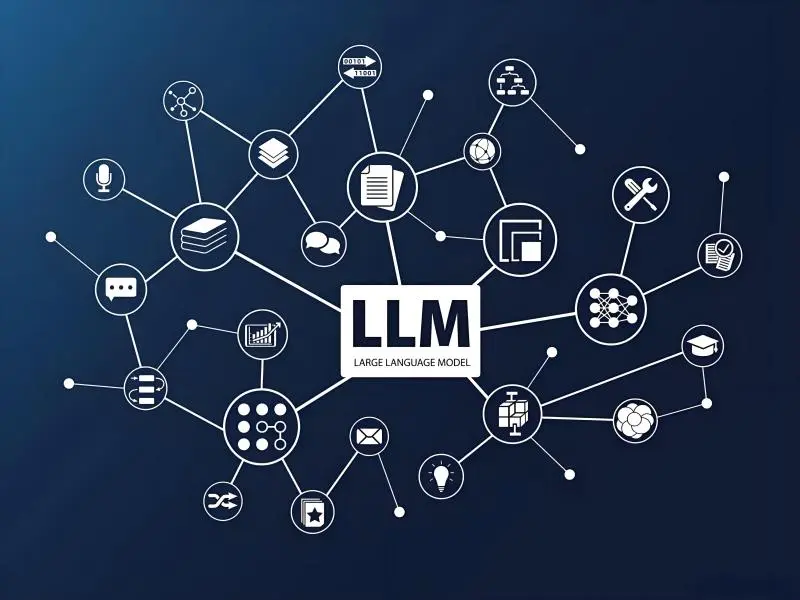- A large language model is a state-of-the-art artificial intelligence system designed to understand and generate human language at a sophisticated level.
- Large language models represent a pivotal advancement in AI, offering a deeper understanding of human language and the ability to generate human-like text.
The significance of large language models lies in their capacity to drive innovation, improve efficiency, and enhance human-machine interaction across a wide range of applications and industries. As these models continue to advance and evolve, they have the potential to shape the future of AI technology and contribute to the development of smarter, more connected, and more intuitive systems that benefit society as a whole.
Understanding large language models
A large language model (LLM) is an advanced AI system designed to understand and generate human-like text based on the vast amounts of data it has been trained on. These models use deep learning algorithms to analyse patterns in language, enabling them to perform a variety of tasks such as text summarisation, translation, and even creative writing.
Large language models consist of several key components. At the heart of LLMs are neural networks, which emulate the learning and information processing capabilities of the human brain. These neural networks are trained on vast datasets, including books, articles, and other text sources, to grasp the intricacies of human language. LLMs contain billions of parameters that are fine-tuned during training to enhance their comprehension and text generation abilities. Through these components, LLMs can analyse, interpret, and create human-like text, ultimately revolutionising the ways in which we interact with and utilise language in various applications and contexts.
Also read: How to create a large language model (LLM)?
The importance of large language models
Enhanced natural language processing: LLMs have significantly improved the field of NLP, allowing for more accurate and context-aware processing of text data.
Improved AI assistants: With the ability to understand complex language constructs, LLMs power AI assistants, making them more helpful and interactive.
Content creation: LLMs can generate original content, from articles to poetry, aiding in creative processes and content marketing.
Language translation: They facilitate real-time translation, breaking down language barriers and enhancing global communication.
Data analysis: LLMs can analyse large volumes of text data, providing insights and aiding in decision-making processes.
Accessibility: By converting text to speech or transcribing spoken language, LLMs make information more accessible to those with disabilities.
Education: In the educational sector, LLMs can provide personalised learning experiences, answer student queries, and assist in language learning.
Research and development: LLMs accelerate research by quickly processing and summarising scholarly articles and reports.
The future of large language models
As technology continues to evolve, the role of large language models is expected to expand. They will likely become more integrated into our daily lives, from personalising our digital experiences to aiding in complex problem-solving. The importance of LLMs lies in their potential to augment human capabilities, streamline processes, and unlock new possibilities in the world of AI and machine learning.
In conclusion, large language models represent a pivotal advancement in AI, offering a deeper understanding of human language and the ability to generate human-like text. Their importance cannot be overstated, as they continue to reshape the way we interact with technology and each other. As we move forward, the development and responsible implementation of LLMs will be crucial in harnessing their full potential for the betterment of society.

